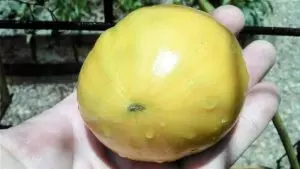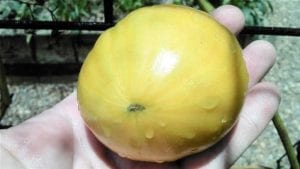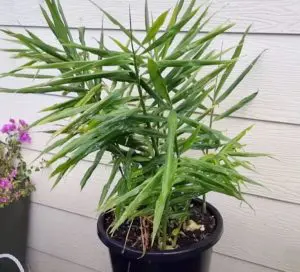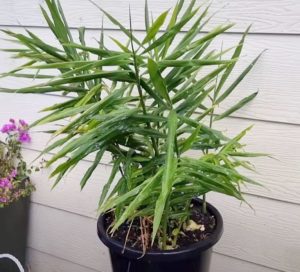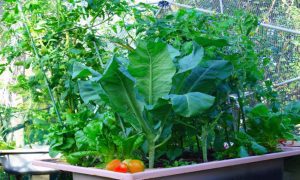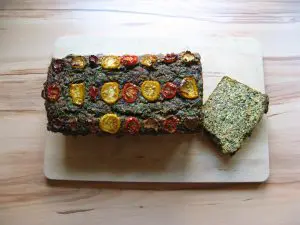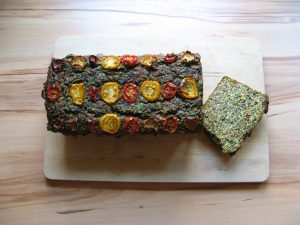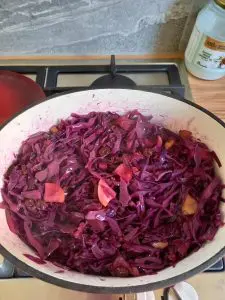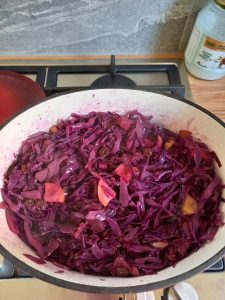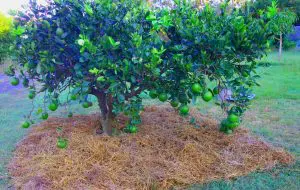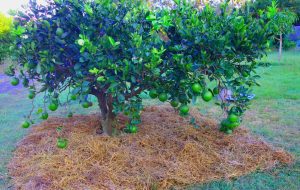Lovage needs to make a comeback! There, I’ve said it. But I won’t be surprised if you’ve never heard of lovage- we don’t see it in grocery stores, we rarely see it in recipes, and the plants are hard to find.
To me, plants that are low-care perennials which put a lot of food on the table are worth having in the garden. Which is to say, I value plants that reduce the food bill and make gardening easier. And double that if they are unusual-there’s nothing better than serving a meal to dinner guests which contains ingredients they’ve never heard of.
Lovage covers all these bases and more. It’s an ideal food forest plant, as it grows well in part shade, can provide shade for other small plants & you can pick from it whenever you need to. It has a wide variety of uses in the kitchen, from smoothies to casseroles to flavouring salt. And if you have too much, throw the prunings to your chickens- they will happily take care of it. Let’s have a closer look at growing & using lovage.
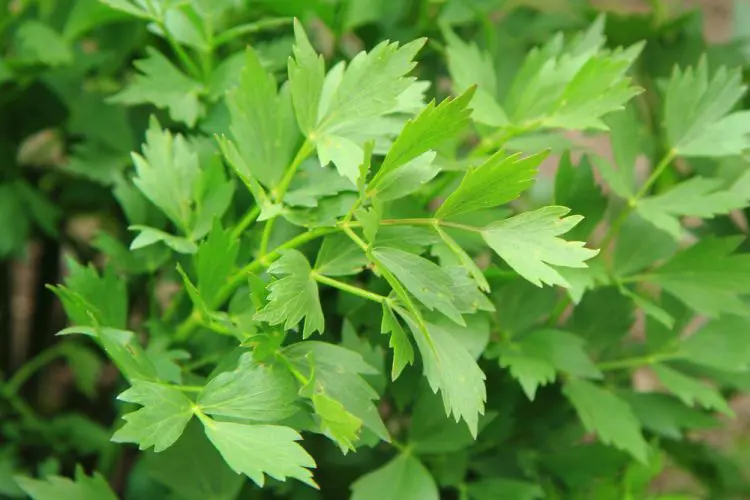
What is Lovage?
In a nutshell, lovage (levisticum officinale) is a large herbaceous perennial that looks and tastes somewhat like celery. It grows multiple branches, thin hollow stems and large fleshy roots. Lovage is part of the umbelliferae family, and therefore closely related to celery, carrots & parsley. Its leaves look much like that of flat-leaf parsley, but lovage has a taste all of its own. To me it has hints of celery, parsley & aniseed, but overall a unique flavour. In fact the whole plant has quite a strong smell, and you’ll definitely know about it when you brush past it in the garden.
Lovage is native to Northern Italy, Northern Greece & the Balkans, but is now naturalised on most continents. It made its way around the world centuries ago, with historical records noting its use by Benedictine monks as a beer ingredient. Nutritionally, lovage is a typical leafy green, high in vitamin C and B complex. It also contains quercetin, a plant pigment with anti-inflammatory and anti-oxidant properties.
This plant is big, tough & productive; it can withstand a variety of climates, grows up to 2m (6′) tall and all parts are edible. A true perennial, lovage can be grown from seed or propagated by root division, and (barring hard frosts or tropical heat), will put food on your table year-round.

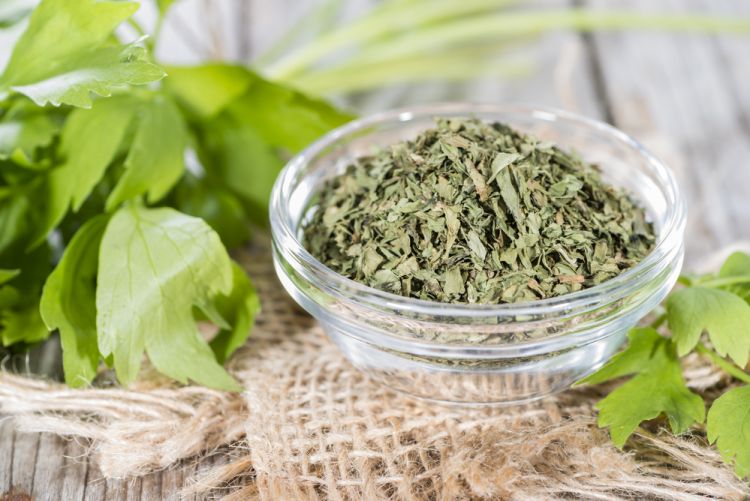
How to Use Lovage
Lovage is versatile in the kitchen, as every part of this plant is edible. In fresh meals, lovage can be added to almost any dish that celery or parsley would be used in. Many will find the flavour strong & that only a little will be needed; bear in mind that the leaves taste milder than the stems. Older leaves and stems make for a tasty ingredient in soups, stews and vegetable stock, while young leaves bring a fresh zing to salads. Lovage can be a side dish on its own too. Simply saute some stems and leaves with garlic in a little butter or oil.
The seeds can be used to flavour salt, or dried and blended with other herbs to make a salt substitute. Lovage roots from a plant more than 2 years old can be dug up, peeled and used as a bulky casserole vegetable. Even the ridged hollow stems can be repurposed as drinking straws.

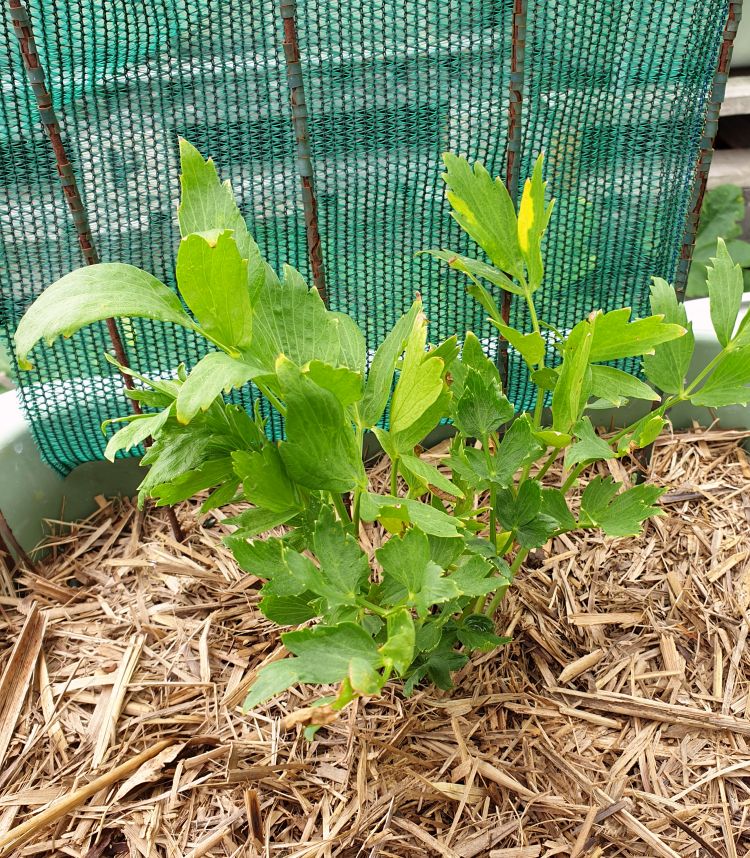
How to Start Lovage
Lovage is easy to grow, and can be started from seed or propagated via root division. Like many herbs, lovage seeds can be slow to germinate (14-21 days) and need a temperature of at least 15C (60F) to get going. Seeds can be sown directly or potted up for later transplant.
In the subtropics (places like Florida and south-east QLD), you can sow lovage any time except during the hottest part of summer. Temperate climate growers can start lovage from early spring to mid-summer, while those in cold climates need to sow lovage after the last frost in spring or start seeds indoors in late winter.

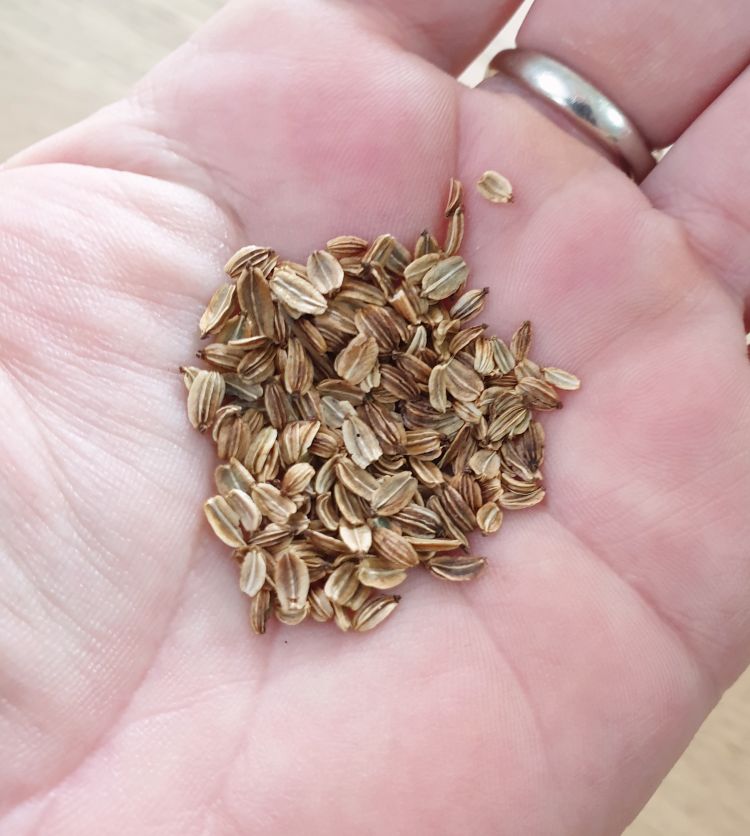
If propagating by root division, choose a plant that is at least 2 years old and can withstand the loss. Generally, early spring (after any danger of frost has passed) is the best time to divide lovage. Lovage has a large and vigorous root system, so you’ll probably need to dig at least a foot in both directions to get the plant out of the soil. Once you’ve done that, use a knife or large secateurs to divide the root ball. Make sure that each section remains big enough to form a new plant.
Growing Conditions
A moderate to cool climate will see lovage at its best (if you’re in the USA, that’s zones 3-9). In this ideal climate, lovage will be happy in full sun. You can grow it in the subtropics if you keep the water up to it & shelter it from the afternoon sun, especially during summer. Either cover it with shadecloth through the hotter months or keep it a part-shade position.
Lovage leaves can become bitter if the soil gets too dry, so this is a green whose soil needs to be kept moist at all times. In the subtropics I water mine twice a day during summer and mulch the soil heavily. Lovage won’t tolerate wet feet, so while it does need moist soil, the drainage needs to be good too. It prefers sandy, loamy soil that is rich in organic matter, with a soil pH of 6.5.
You can grow lovage in pots or in the ground. Remember, this is a long-lived perennial which can become massive, so choose its position carefully. If growing in pots, use a very large pot, as lovages’ root system is enormous. This herb is dormant during winter so requires much less water during that time.

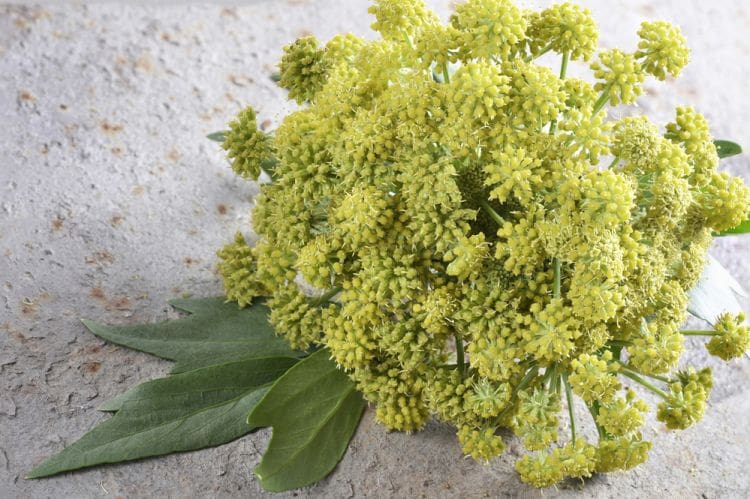
Ongoing Use & Care
Lovage will take between three and five years to fully mature & reach its maximum size. You can, and should, prune it regularly. Pruning stimulates the growth of tender new leaves (the best ones to eat) and keeps the plant in shape. In cold climates, lovage foliage will die back during winter. Its roots will survive, however, and the plant will come back to life every spring, growing bigger and stronger every year.
Expect your lovage to flower every summer. It will produce clusters of small yellow flowers which are great for attracting beneficial insects. To keep the leaves from tasting bitter, prune any flower buds as soon as they appear. Alternatively, if you want some lovage seed, let the flowers bloom and leave them be until the seed sets. If at any point you find your lovage leaves turning bitter, you can do a heavy prune to encourage fresh growth with a sweeter flavour.

